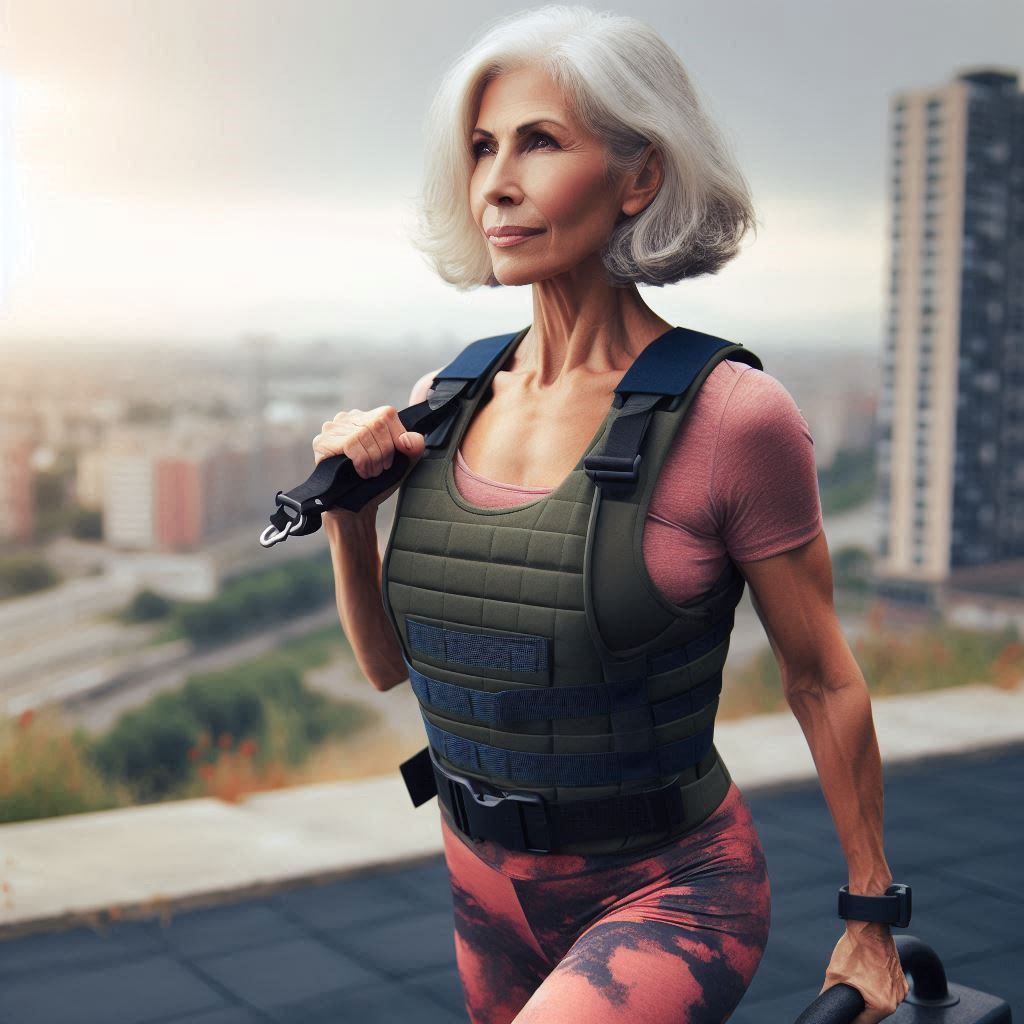It’s not just about grip strength, either. Longevity potential can be qualified with gait, balance, and strength.

A recent study investigated how aging affects gait, balance, and strength in healthy, independent adults over 50. The researchers also sought to assess relationships between these parameters and explore potential differences between longevity in men and women.
Key Findings
Gait Parameters: The study found that age did not significantly affect gait parameters.
Strength: Both grip and knee strength significantly declined with age. Grip strength decreased at a faster rate than knee strength.
Balance: Balance parameters, particularly the duration of the one-legged (unipedal) stance, showed the most significant decline with age. The center of pressure movement increased significantly with age.
Sex Differences: Sex differences were observed exclusively in strength parameters, with no discernible impact on the decline in balance parameters.
Pre Conclusion
The study concluded that the duration of a one-legged stance could serve as a reliable and gender-independent measure of neuromuscular aging for elderly male and female subjects. How these findings relate to longevity is still to be seen.
Now, Some Good News – Better Conclusion

Yes, practicing exercises targeting gait, balance, and strength can help mitigate aging effects and may positively affect longevity. Here’s how each type of exercise can be beneficial:
Gait Exercises: Improving gait can help maintain mobility and reduce the risk of falls. Exercises like walking, treadmill training, and specific gait training can enhance walking efficiency and stability.
Balance Exercises: Balance training, such as tai chi, yoga, and balance board exercises, can significantly improve stability and reduce the risk of falls. These exercises enhance proprioception and coordination, which are crucial for maintaining balance.
Strength Training: Strength exercises, particularly those targeting the lower body, can help counteract muscle loss and weakness associated with aging. Resistance training, leg presses, and squats can improve muscle strength and overall physical performance.
By incorporating these exercises into a regular fitness routine, older adults can improve their physical function, reduce the risk of falls, and enhance their overall quality of life. It’s always a good idea to consult a healthcare professional before starting any new exercise program, especially for older adults.
References
Addition resources: www.sciencedaily.com